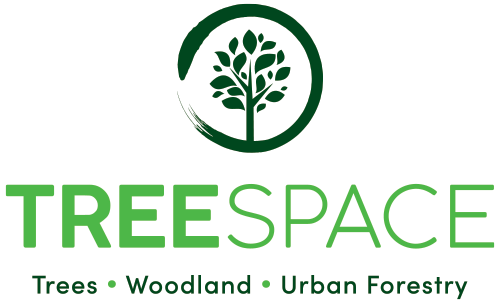Tree-space visits the Galloway Forest Park and attends the annual Scottish Forestry Study Tour.
Tree-space recently spent a week exploring woodlands in southwest Scotland. Glentrool was used as a basecamp for exploring the Galloway Forest Park. The Galloway Forest Park was established in 1947 and is the largest forest park in Britain. The area of the forest park is 774 square kilometers and is managed by Forestry and Land Scotland.
The forest is being utilized for an impressive range of activities and there appears to be a good balance between the environmental, social and economic benefits of trees and woodlands. The three visitor centres offer walking trials, mountain biking, dark sky viewing areas and a cafe. The site produces 500,000 tonnes of timber per year and is actively protecting and extending a number of ancient woodlands.
We also had the pleasure of attending the Scottish Forestry Society annual study tour. The first day of the study tour included a visit to an active harvest site where commercial timber was being extracted. We also got to visit a recent re-stock site located next to an SAC. The re-stock included predominately spruce but broadleaf buffer zones were established to prevent any adverse effects on the watercourses on the site. One of the key discussions between participants was how to balance the economic and environmental aspects of forestry.
The second day of the study tour included visits to native oak woodlands in the Cree Valley. The Glentrool Oak Woods and Wood of Cree are Sites of Special Scientific Interest (SSSI) within the Galloway Oak Woods SAC. Forestry and Land Scotland have long term objectives to extend the Glentrool Oak Woods using a mixture of tree planting, natural regeneration, herbivore management and bracken control using virtual fences and cattle.
Our second stop of the day was the Wood of Cree which is apparently the largest ancient wood in southern Scotland. The woodland is home to many birds, bats, invertebrates and wildflowers and is managed as a reserve by the RSPB. Some of the frequent bird visitors are common redstarts, pied flycatchers, tree pipit, willow tit and wood warblers. The woodland management practices on the site are aimed at removing exotic conifers and active tree planting to extend the woodland.








